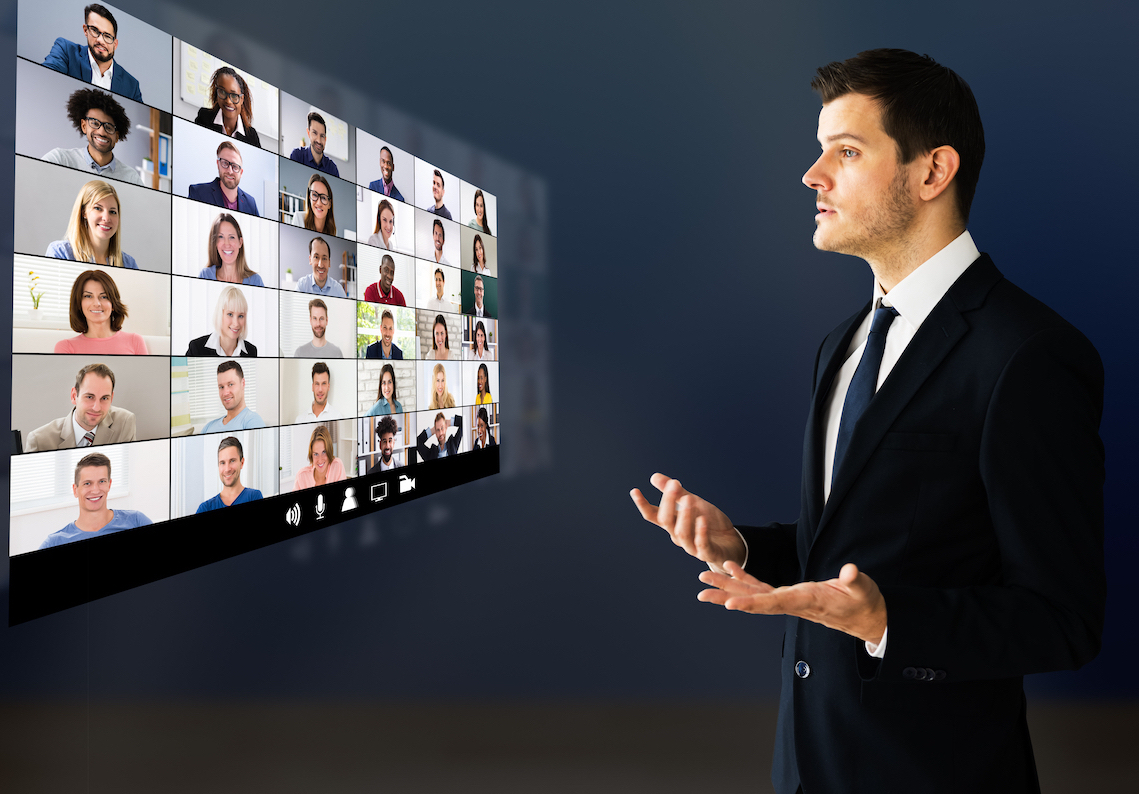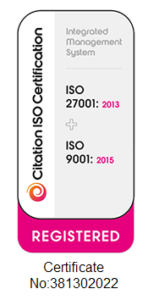Virtual vs. Physical Meetings: What Works and What Doesn’t
The differences between face-to-face and virtual meetings are obvious – travel, physical booths, rooms with refreshments, and stage presence, to name a few. But just how much have meeting organisers adapted the formats and experiences of their virtual sessions for participants?
For virtual meetings to succeed, organisers need to pay careful attention to atmosphere, structure, audience experience and presenter energy levels. At physical meetings, the audience attention is different because they are ensconced within the environment, whereas in virtual meetings organisers must work to create an atmosphere of inclusiveness.
Another important difference is the time delegates are given in the physical space to get up, have a coffee, interact with others, visit exhibition stalls or simply have time out. Since virtual became the norm, I’ve attended meetings jammed with one speaker after another, which was excruciating.
I’ve been to meetings where attendees weren’t given the opportunity to take proper breaks and to get up and walk around, which results in mental fatigue and loss of interest. It’s important to recognise that looking at a computer screen and being stuck in a chair in a confined space is energy draining.
My experiences from the start of Covid-19 have enabled me to assess what works and what doesn’t, and what simple steps organisers can take for maximum enjoyment, engagement and content absorption by attendees.
Consider Structure and Delivery
Virtual meetings require careful structuring to allow audience members to enjoy the experience and to learn. Much of that structure has to do with how you deliver your content. In physical meetings, the speaker is generally on stage, standing up to deliver their presentation. That helps to energise the audience and keeps them engaged for a longer period of time.
When you’re online, however, unless you are delivering exciting content and you’re an inspiring speaker, presentations that last more than 20 to 30 minutes are inevitably going to be dull and will lead your audience to switch off, at least figuratively speaking!
Think about how you are going to get your audience to interact. For example, creating a poll or using a Q&A function to get your audience to respond can help to break up sessions and retain people’s attention. Depending on your audience, you might even want to consider encouraging participants to share emojis aspart of their response.
It helps to have a co-facilitator to manage the chat with the audience, the Q&A and the polls. That person doesn’t necessarily need to be on camera. They can just come and go using an online mic to reiterate a point.
What I have learned over the past few months is that in virtual presentations, it’s important to repeat points far more than you would in a face-to-face presentation.That’s because audience attention span is inevitably lower. Remind your audience that they can participate through the Q&A section, using the chat box, or by speaking up and asking questions, as if you were face to face.
In industries that are very data-rich, such as the life sciences, a good strategy might be to present a graph explaining the data before asking the audience togo into separate chat rooms to discuss the findings and to write down what their thoughts are. Give your audience a short amount of time to write down their opinions and then ask them for their feedback. You might also consider pre-loading some questions to get the ball rolling in case your audience is more reluctant to respond.
These are strategies that Open Audience will often use to great effect to build engagement and improve how the audience absorbs content.
Inevitably, engagement in the virtual world is more forced than in physical meetings, but these steps are necessary to keep your audience tuned in.
Where Virtual Excels
We often assume that physical meetings are better than virtual ones in every way. But that’s not the case. Aside from the obvious benefits of being able to quickly set up meetings without the need to worry about travel, accommodation, conference room set up, etc., virtual meetings can also be better for audience interaction.
Consider, for example, a physical meeting with 1,000 plus audience members. Audience interaction in those circumstances is much harder, both in terms of the sheer size of the audience as well as the logistics such as hearing what audience members are saying and preventing people from speaking over each other. This is where virtual comes into its own. Everyone is in front of a computer or mobile device and responses are far easier without the risk of disrupting the session.
Virtual is also great for introverts, who might be uncomfortable standing up and speaking in front of everyone, but who feel comfortable sharing their insights in a more anonymous setting.
Nevertheless, the organiser or presenter must stay alert to the feedback, acknowledge questions and feedback, and if possible, provide answers or at least promise to come back with a response later on.
Finally, it’s normal for people to drift in and out during a meeting. We all do it. We all get distracted and, contrary to popular opinion, we all multitask. Accept this as inevitable – in both the physical and virtual space – and find ways to bring your audience back. Lift your own energy, stand while you are presenting and keep asking your audience for their input. Do this and your audience will engage more and get distracted less often.
Mark Thomas is managing director at Glass Box Thinking, which delivers leadership communication coaching, training and facilitation for STEM organisations. Mark coaches introverted scientists, engineers, consultants, sales reps and project managers to become more influential leaders.

